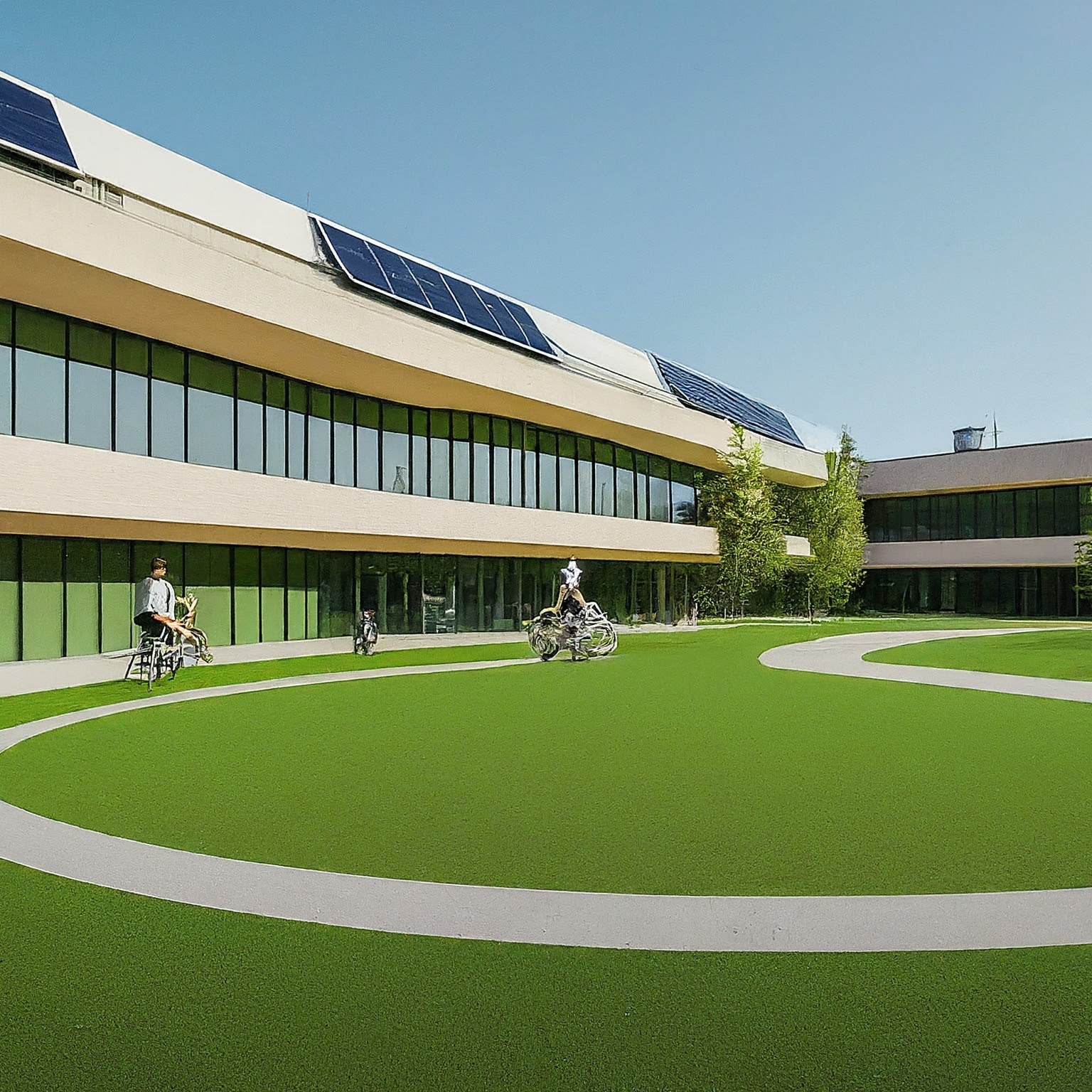Author Introduction
Dr. Alice Martin, a renowned environmental scientist with over 15 years of experience conducting research at leading universities, delves into the exciting potential of universities as green think tanks.
Headings
- Why Green Think Tanks? The Pressing NeedPowerhouses of Green Innovation
- Research for Real-World Solutions
- Fostering Collaboration: From Labs to Policy
- Engaging the Public: Green Education for All
- The Future is Green: Empowering Changemakers
- Key Green Initiatives
- Conclusion: Universities Leading the Charge
- Call to Action: Be Part of the Green Solution
Why Green Think Tanks? The Pressing Need
The urgency of environmental issues like climate change and biodiversity loss demands innovative solutions. Green think tanks bridge the gap between research and real-world application. They generate knowledge, propose policy solutions, and influence public opinion towards a sustainable future.
Universities: Powerhouses of Green Innovation
Universities, with their vast intellectual capital and research infrastructure, are uniquely positioned to function as green think tanks. They house a diverse range of experts – from environmental scientists and engineers to social scientists and economists. This interdisciplinary approach fosters holistic solutions to complex environmental challenges.

Research for Real-World Solutions
Universities are at the forefront of green research. They develop renewable energy technologies, conduct environmental impact assessments, and explore solutions for sustainable resource management. Consider the research on carbon capture technologies or the development of bioplastics – these innovations are born from university laboratories.
Fostering Collaboration: From Labs to Policy
Universities act as crucial platforms for collaboration between researchers, policymakers, and industry leaders. Think tanks bring stakeholders together to translate research findings into actionable policies. This collaborative approach ensures that environmental solutions are not just technically sound but also politically feasible.
Engaging the Public: Green Education for All
Universities play a vital role in educating the next generation of sustainability champions. By integrating environmental awareness into curricula across disciplines, universities empower students to become informed citizens and future policymakers dedicated to a green future.
The Future is Green: Empowering Changemakers
Universities nurture a culture of innovation and critical thinking, empowering students and researchers to become changemakers. From student-led environmental groups to faculty spearheading sustainability initiatives, universities foster a vibrant green ecosystem that drives positive change.
Key Green Initiatives at Universities (Informative Table)
| Initiatives | Description | Impact |
|---|---|---|
| Sustainability Research Centers | Dedicated research units focusing on environmental challenges | Advance solutions for renewable energy, climate change mitigation, etc. |
| Green Campus Programs | Initiatives promoting energy efficiency, waste reduction, and sustainable practices within universities | Reduce environmental footprint and serve as a model for broader sustainability efforts |
| Community Outreach Programs | Educational programs and workshops for the public on environmental issues | Raise public awareness and empower communities to adopt sustainable practices |
Conclusion: Universities Leading the Charge
Universities are not just centers of learning; they are wellsprings of green innovation and progress. As green think tanks, they play a critical role in shaping a sustainable future. Their research, collaborations, and educational initiatives are paving the way for a greener tomorrow.
Call to Action: Be Part of the Green Solution
Universities offer a multitude of opportunities to get involved in the green movement. Students can participate in research projects, join environmental clubs, or advocate for sustainable practices on campus. Researchers can collaborate with industry and policymakers to translate their research into action. Policymakers can leverage university expertise to craft informed environmental regulations.
The collective action of students, researchers, policymakers, and the general public holds the key to unlocking a sustainable future. Let’s harness the power of universities as green think tanks and work together to cultivate a greener tomorrow.









